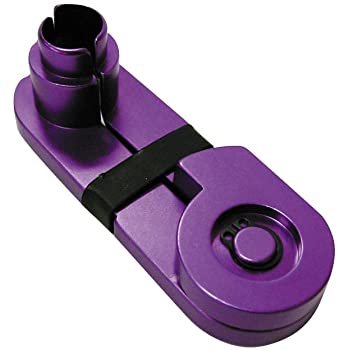Hamfisted
Full Access Members
This tool worked for me on my Expy. Spray some WD40 or something on the pipe to lube it since it probably hasn't moved since it left the factory.
https://www.amazon.com/Assenmacher-...=Lisle+line+disconnect&qid=1589673123&sr=8-48

https://www.amazon.com/Assenmacher-...=Lisle+line+disconnect&qid=1589673123&sr=8-48

Last edited:

